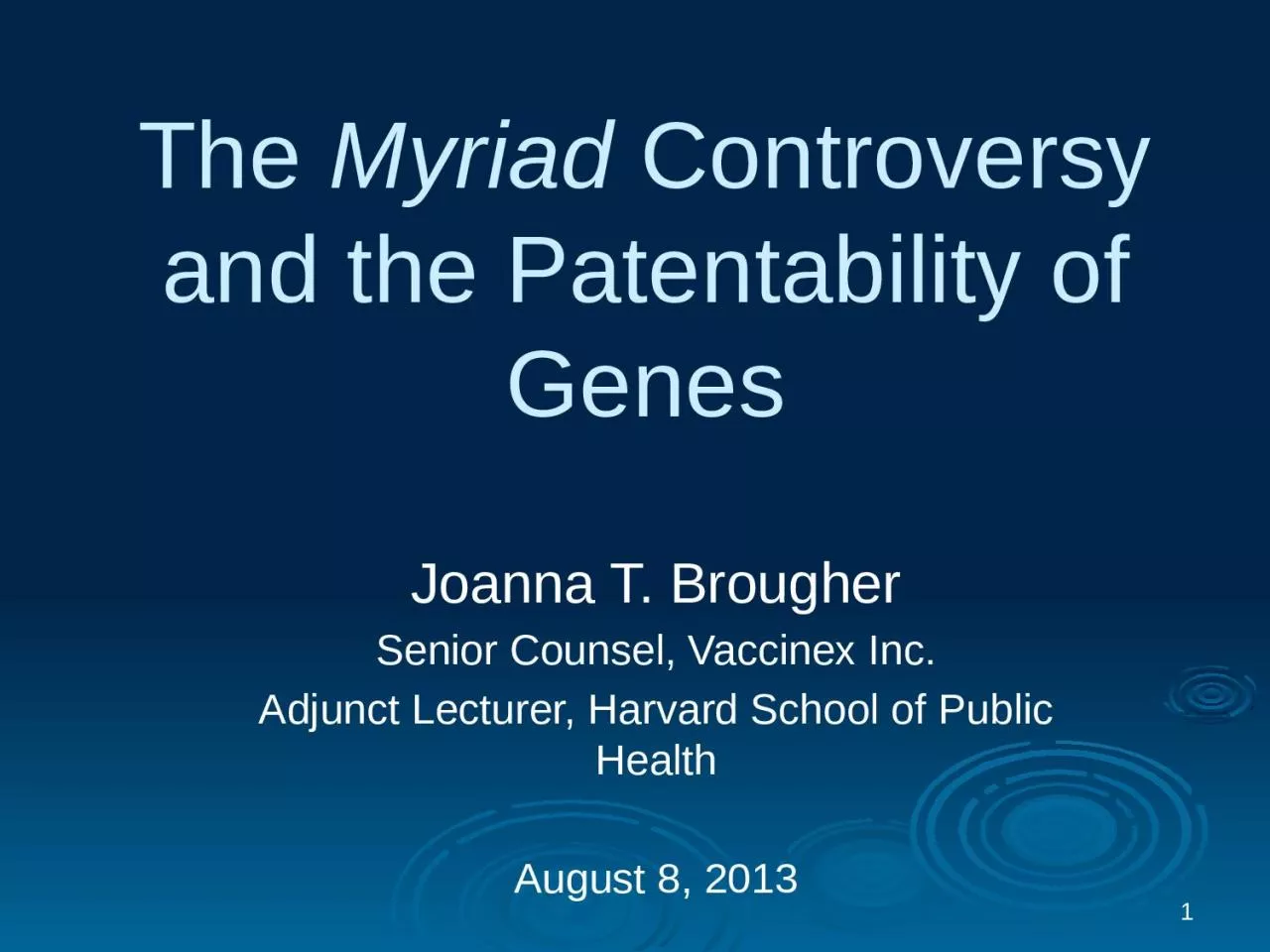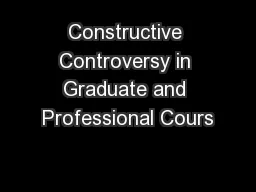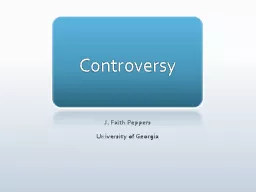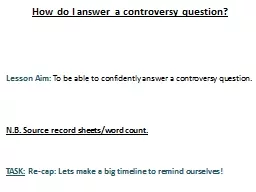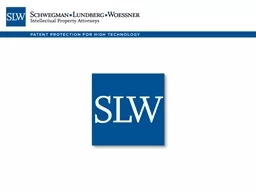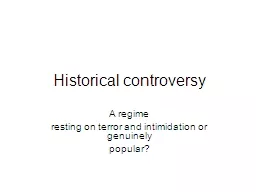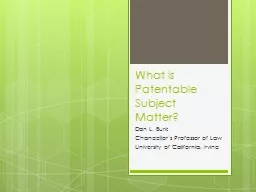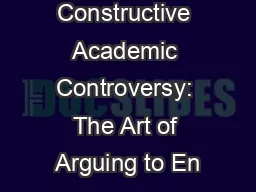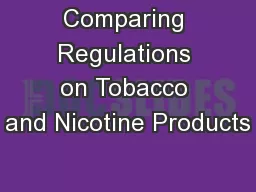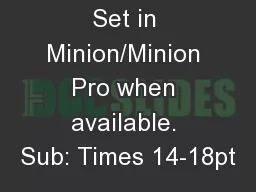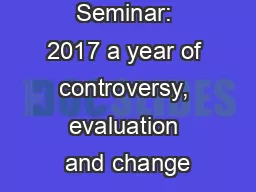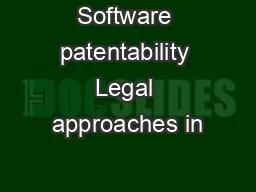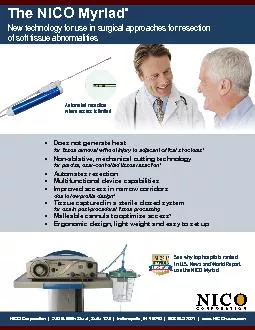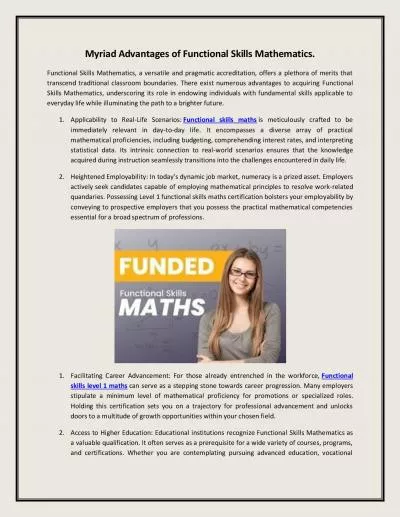PPT-1 The Myriad Controversy and the Patentability
Author : victoria | Published Date : 2023-12-30
of Genes Joanna T Brougher Senior Counsel Vaccinex Inc Adjunct Lecturer Harvard School of Public Health August 8 2013 2 Todays Discussion Overview of Gene Patenting
Presentation Embed Code
Download Presentation
Download Presentation The PPT/PDF document "1 The Myriad Controversy and the Paten..." is the property of its rightful owner. Permission is granted to download and print the materials on this website for personal, non-commercial use only, and to display it on your personal computer provided you do not modify the materials and that you retain all copyright notices contained in the materials. By downloading content from our website, you accept the terms of this agreement.
1 The Myriad Controversy and the Patentability: Transcript
Download Rules Of Document
"1 The Myriad Controversy and the Patentability"The content belongs to its owner. You may download and print it for personal use, without modification, and keep all copyright notices. By downloading, you agree to these terms.
Related Documents

